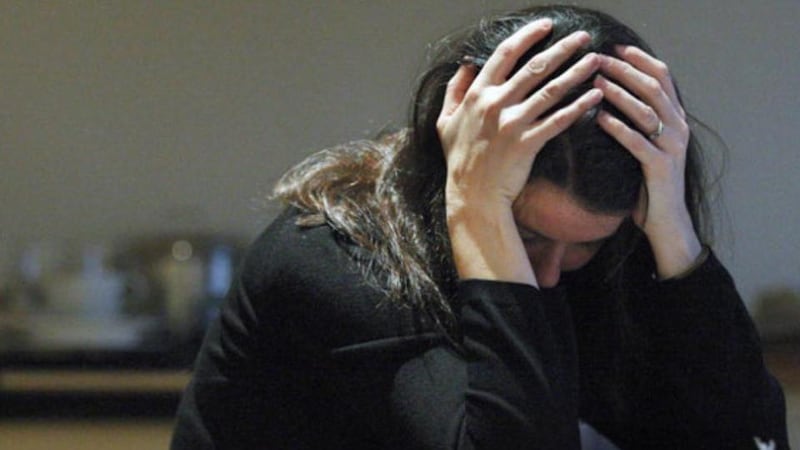Human trafficking, and the ruthless exploitation and slave-like conditions that accompany it, reflects the worst aspects of human nature. For too long there has been a tendency to turn away rather than confront it. Thankfully, that situation is changing and government action – through legislation, awareness-raising measures and a new Garda unit – is exposing this foul activity.

The common perception of the crime involves sexual exploitation. But it is much more widespread. As a report from the Council of Europe’s expert committee on trafficking makes clear, it includes the exploitation of foreign workers in the fishing industry, domestic workers and au pair women, persons in the catering industry and children who are forced to beg.
It expressed concern that trafficked individuals were not being provided with suitable accommodation and government supports, separate from asylum seekers
The committee visited Ireland in 2016 and issued a largely positive report. More, it suggested, could be done in certain areas. It expressed concern that trafficked individuals were not being provided with suitable accommodation and government supports, separate from asylum seekers. And it proposed improvements in data collection to provide a more comprehensive picture of trafficking in Ireland.
Because these hidden crimes extend from wealthy homes to activities involving hard physical labour and sexual exploitation, they are difficult to quantify. An increase in official awareness and new legislation caused the number of Garda cases to double between 2012 and 2016. The annual number remained small, below 100, but a breakdown of the figures is instructive. The majority of those caught up in the trade were female and two-thirds of the cases involved sexual exploitation. Almost half of those cases involved females from other EU countries. But one-third were Irish citizens who were being trafficked by way of sexual exploitation and child pornography. Minister for Justice Charlie Flanagan acknowledged that, because it is a hidden crime, the number of potential victims could be much greater. That calls for more intense police involvement and an increase in public vigilance.








